Frank Gehry, the renowned architect, built his first Santa Monica House in 1978 after thoroughly evaluating a gambrel-roofed Dutch Colonial bungalow. Prior to acquiring the property, Gehry made a comprehensive list of its advantages and disadvantages. The list of positives included features such as the unique green asphalt shingle roof, the striking pink asbestos shingles, the practical plywood walls in the den, the prime corner lot location, the beautiful row of tall Lebanon cedars along the northern boundary, and a magnificent giant euphorbia cactus in the backyard.
However, he identified one major downside to the property—the growing trend of apartment construction in the surrounding area. Despite this drawback, Gehry purchased the property and transformed it into a remarkable architectural masterpiece that continues to inspire architects and designers around the world.
Frank Gehry House Technical Information
- Architects: Frank Owen Gehry
- Location: 1002 22nd Street, Santa Monica, California 90403, USA
- Topics: Corrugated Metal, Single Family Houses
- Architectural style: Deconstructivist
- Scale: 2 stories
- Project Year: 1977- 1978
- Second Renovation: 1991-1992
- Drawings: © Gehry Partners
- Photographs: © ArchEyes, © Gehry Partners
I loved the idea of leaving the house intact… I came up with the idea of building the new house around it. We were told there were ghosts in the house… I decided they were ghosts of Cubism. The windows… I wanted to make them look like they were crawling out of this thing. At night, because this glass is tipped it mirrors the light in… So when you’re sitting at this table you see all these cars going by, you see the moon in the wrong place… the moon is over there but it reflects here… and you think it’s up there and you don’t know where the hell you are…
– Frank Gehry1
Frank Gehry’s House in Santa Monica Photographs
A Look into Frank Gehry’s Pioneering Santa Monica House
In 1977, Frank and Berta Gehry bought a pink bungalow that was originally built in 1920. Gehry wanted to explore the materials he was already using — metal, plywood, chain link fencing, and wood framing. In 1978, he chose to wrap the outside of the house with a new exterior while still leaving the old exterior visible. He hardly touched the rear and south facades, and to the other sides of the house, he wedged in tilted glass cubes.
Though it was renovated more than ten years after Gehry opened his architecture firm, the residence was the architect’s first work to attract widespread attention. As his home was also his first project for which he did not have a client to please, giving him the freedom to explore ideas about different materials and take significant risks. Frank Gehry couldn’t afford to build his dream house at this point in his career, so the project began with a modest two-story bungalow in Santa Monica that had been found and purchased by his wife at an affordable price. Though he decided to leave the house itself intact, Gehry also wanted to do something with it, something that would put his mark on it before moving in.
I became fascinated with creating a shell around it [that would] define the house by only showing parts of the old house in an edited fashion…. I began to engage the house in a dialogue by cutting away from it, exposing some parts and covering up others.
– Frank Gehry
Gehry wrapped the house in layers of unfinished, frugal materials, including corrugated metal and chain-link, which reflected his relatively limited means at the time. This also allowed him to tap into a fascination with everyday materials that had begun when he was a child spending time in his grandparents’ hardware store. Both corrugated metal and chain-link were considered ugly industrial fixtures in the L.A. landscape. Inspired by contemporary sculpture, Gehry embraced the challenge of proving that art could be made out of anything, even chain-link.
The interior went through a considerable amount of changes on both of its two levels. In some places, it was stripped to reveal the framing, exposing the joists and wood studs. It was repaired according to the addition, showing both old and new elements. This is especially evident when walking through the house’s rooms and passing by new doors placed by Gehry and older ones originally in the house. He poked glass structures through the original house’s exterior to open the interior space, as seen in the accompanying drawing. As a result, a large glass cube appeared lodged between the house’s old and new fabric, flooding the kitchen with light and framing views of the sky and trees above. Such intruding fragments evoked the disorienting angles of Cubism.
The entrance is barely discernible amidst the exterior’s jutting angles, which Gehry created from wood, glass, aluminum, and chain-link fencing. The old house’s apex peeks out from within this mix of materials, giving the impression that the house is consistently under construction.
The Dynamic Interplay of Movement and Incompleteness
When talking about the house’s design, Gehry also references the sense of movement in Dada artist Marcel Duchamp’s Nude Descending a Staircase and the unfinished quality of Abstract Expressionist artist Jackson Pollock’s paintings, which Gehry says look as though the paint was just applied. The resulting modest and casual appearance makes the house appear “thrown together,” an effect that required a great deal of work and planning to realize.
Architectural historians and critics described the project as a house trapped within a foreign body or dressed up. To some, it seemed transitional, perpetually incomplete, with the means of construction and process exposed for all to see. The interior spaces were opened up, and the plaster was stripped away from the walls to reveal the wooden frame beneath, which gave the interior a jarring sense of process and movement, what Gehry calls a “sketch quality.”
The spaces between the exterior of the old house and the interior of the new structures enclosing it created spaces between the two that were both outside (of the original house) and inside (of the new one), and looking into the windows of the old house from those spaces resulted in a surreal effect. Skylights and glass floors allowed light from above to filter down into the house’s lower level, filling it with light.
The house became Gehry’s laboratory and his showroom, drawing both praise and scorn. Neighbors were shocked and angry; one tried to sue him, and another attempted to have him arrested. There were protests and poor reviews from the press. One critic even took to walking his dog in Gehry’s yard, encouraging it to defecate there in protest.
Though controversial, the house attracted important clients, which gave Gehry the freedom to work on grander projects than the modest homes he had designed up to that point. The second renovation of his Santa Monica home, in 1991–92, was undertaken to accommodate the changing needs of the Gehry family and included the addition of a lap pool, the conversion of the garage into a guesthouse, and increased landscaping for privacy. Some of the exposed wood frames were removed or covered over, and many lamented a loss of edge. However, the house became more open and comfortable for Gehry and his family, and the increased finish, more delicate materials, and greater coherence reflected.
Gehry’s Residence Plans
Frank Gehry House Image Gallery
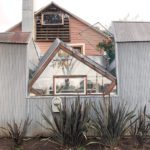
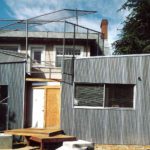







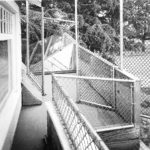
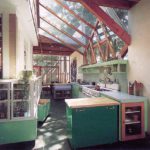
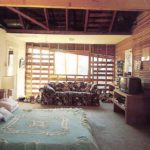
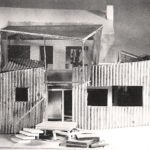
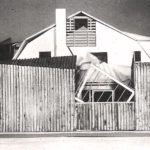
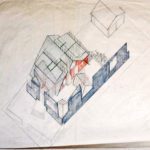
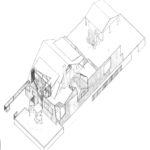
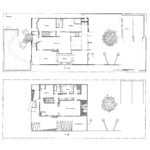

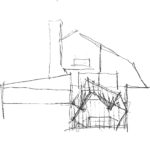
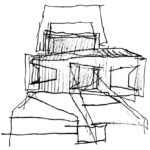
About Frank Gehry
Frank Gehry is a renowned Canadian-American architect known for his imaginative and unconventional designs. He was born in 1929 in Toronto, Canada, and later moved to Los Angeles, where he established his architectural practice, Gehry Partners. Gehry’s work is characterized by his use of unique and complex forms, often incorporating unexpected materials such as metal and glass, which often challenge traditional architectural conventions. Some of his most famous works include the Guggenheim Museum Bilbao in Spain, the Walt Disney Concert Hall in Los Angeles, and the Louis Vuitton Foundation in Paris. Gehry is widely regarded as one of the most influential architects of our time, and his work continues to inspire new generations of architects and designers. While Gehry’s innovative use of space and materials in Santa Monica is renowned, those interested in unique architectural experiences can also explore options available for rent in Phnom Penh, which offers its own array of distinctive and inspiring living spaces.
Notes
- Frank Gehry: The Masterpieces by Jean-Louis Cohen

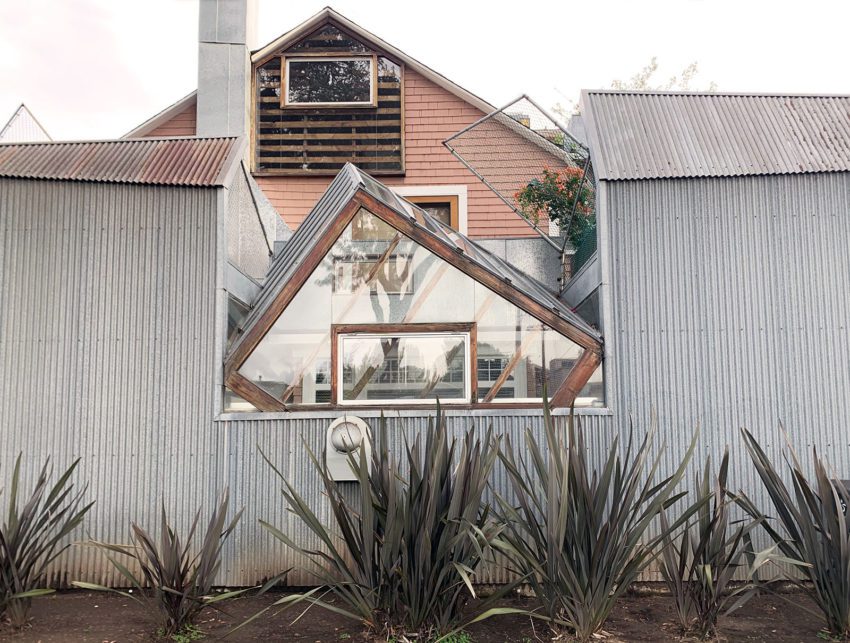
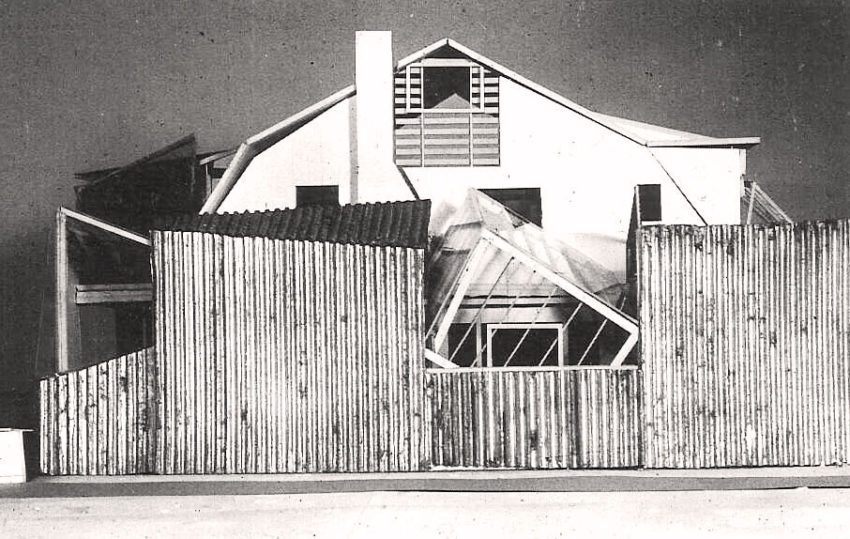
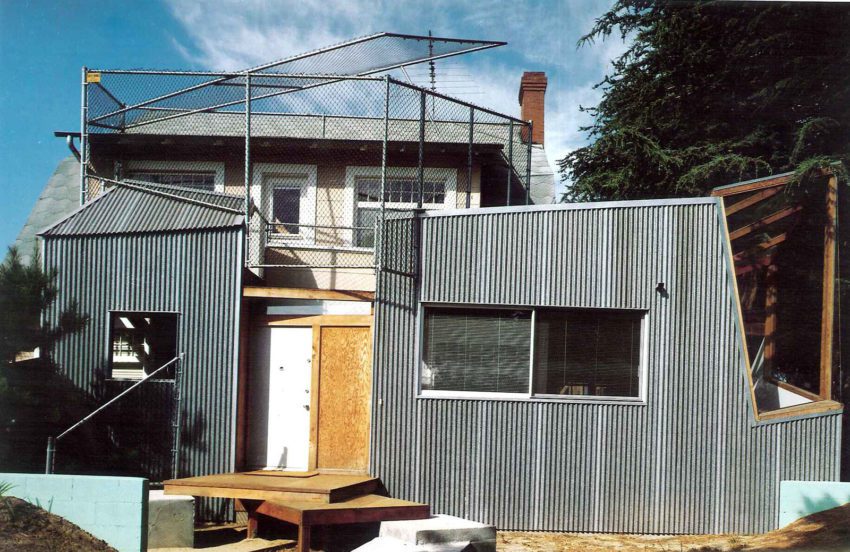
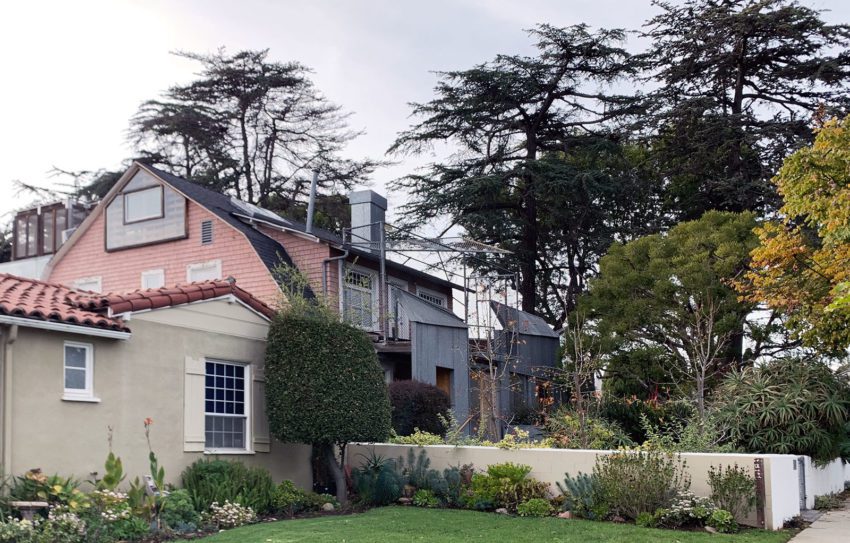
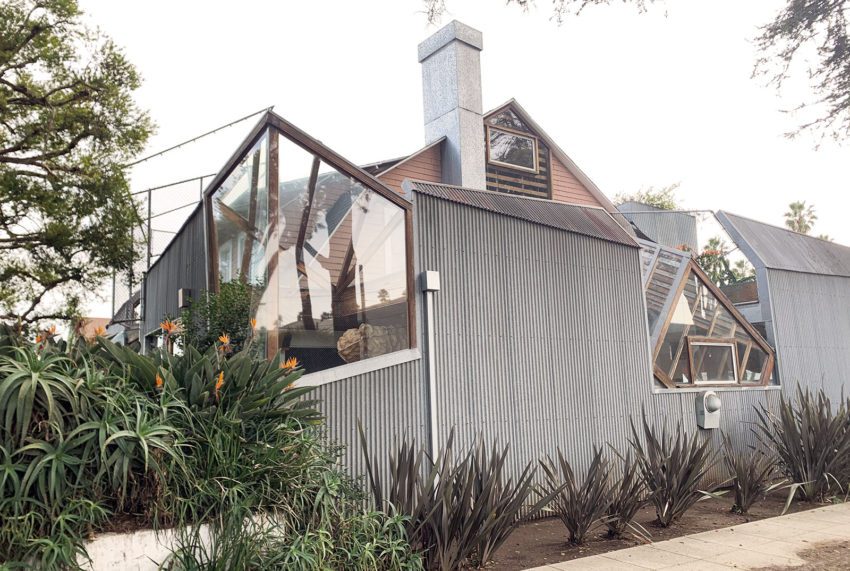
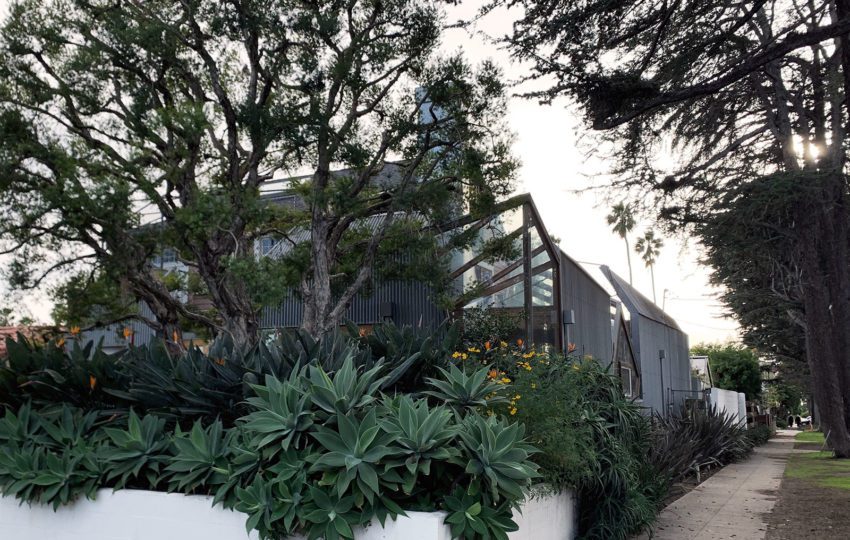
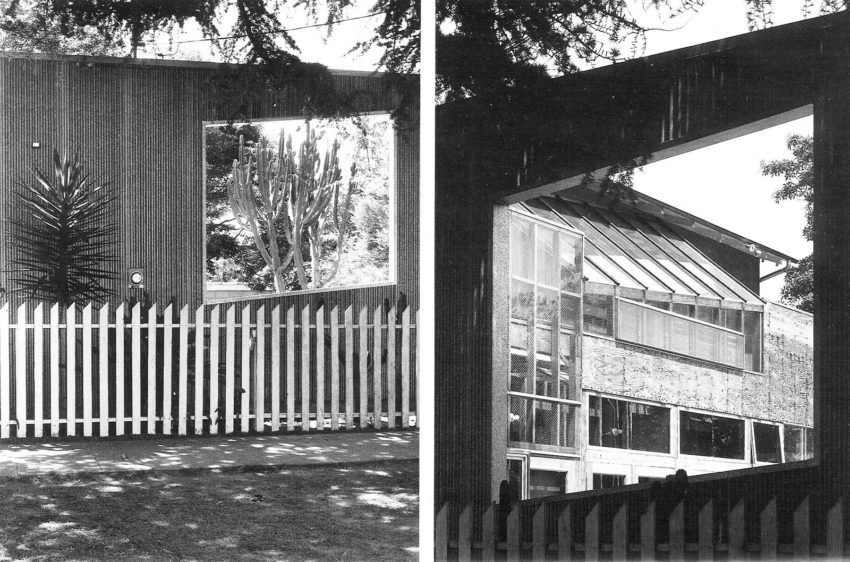

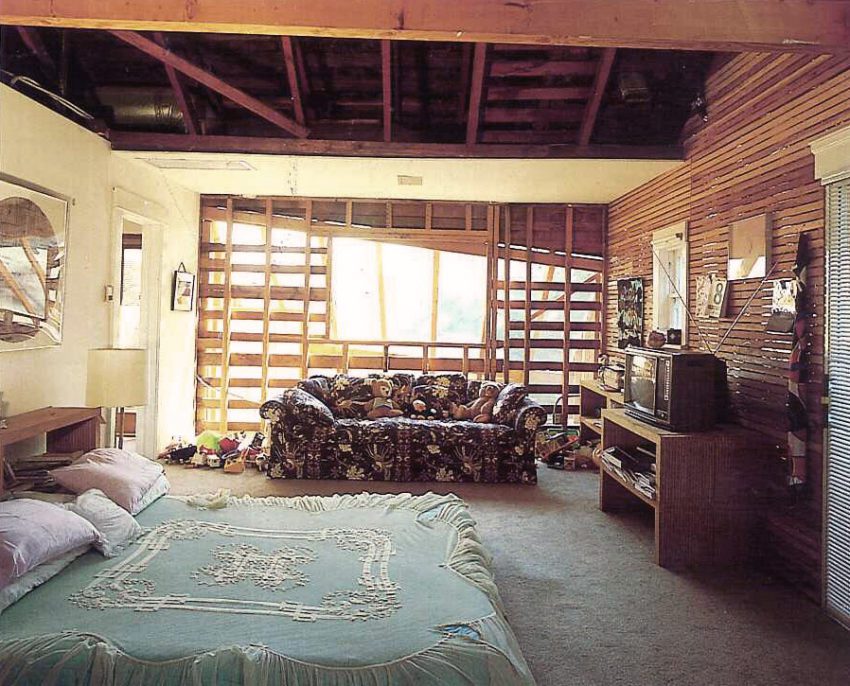
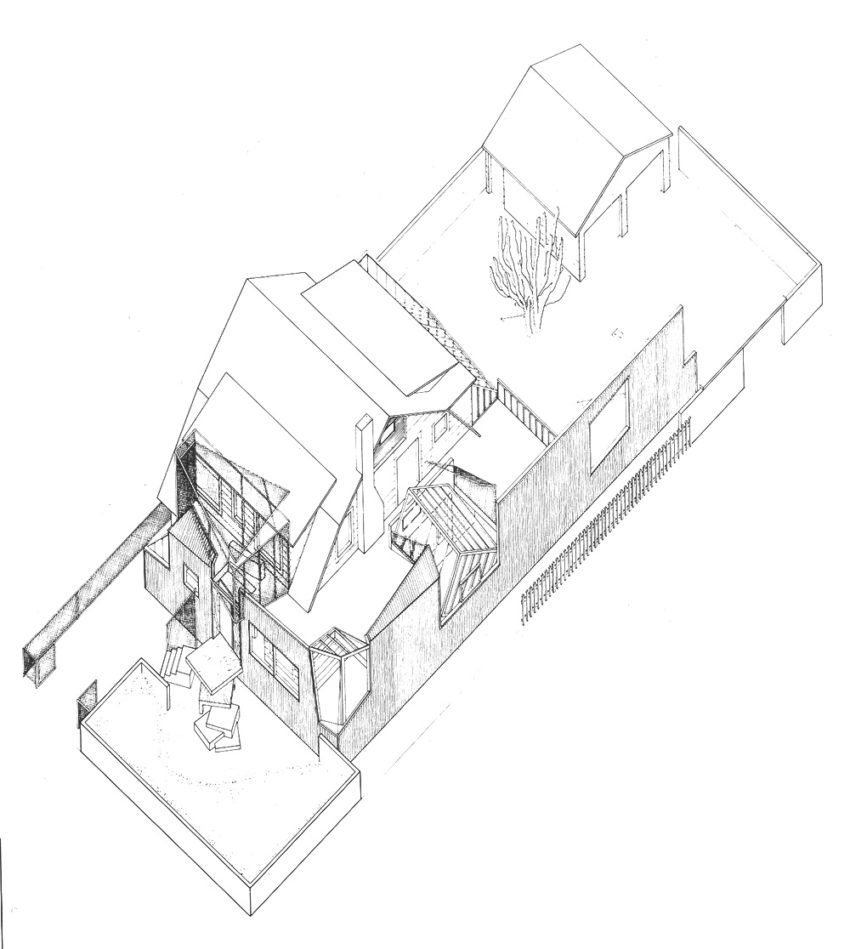
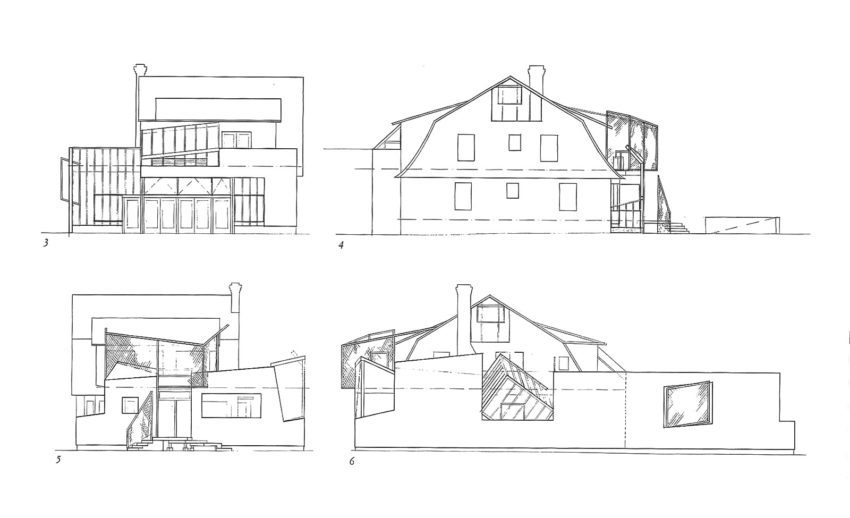
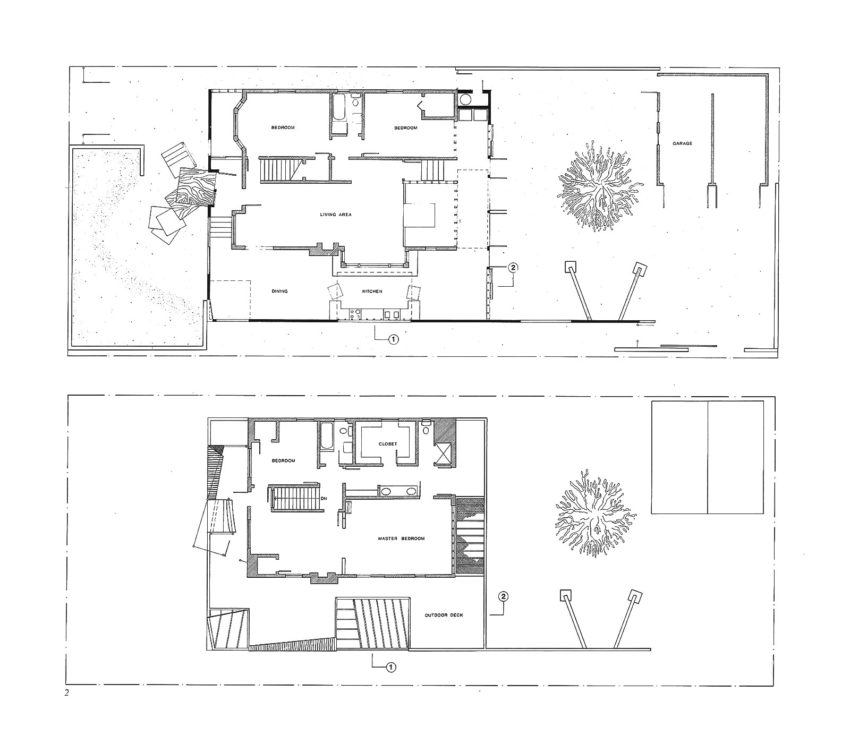

A beautiful place
Great post…I would have never known this was his house! His dancing house in Prague is too unusual. He has some different designs VERY eye-catching. I must admit I checked out his Tiffany line and I do like some of it.
Could i please ask who has written this article.
I am using it as supportive material for my interior design degree and need to reference this written piece of work.
I would be grateful if someone could please help me as it is not clear on this website who has witten the article.
Regards
Tayla